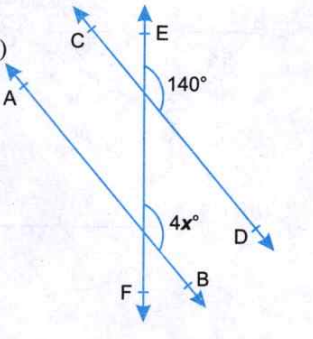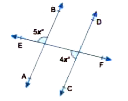In each of the following cases ABCD is a square and PQRS is a rectangle. Find, in each case, the area of the shaded portion. (All measurements are in metre).
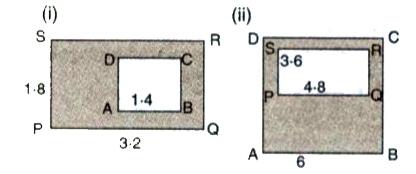
The correct Answer is:(i) 3.8m2 (ii) 18.72 sq. m
Step by step video, text & image solution for In each of the following cases ABCD is a square and PQRS is a rectangle. Find, in each case, the area of the shaded portion. (All measurements are in metre). by Maths experts to help you in doubts & scoring excellent marks in Class 8 exams.
Topper's Solved these Questions
- BOOK - ICSECHAPTER - AREA OF A TRAPEZIUM AND A POLYGONEXERCISE - EXERCISE 20(C )14videos
AREA OF A TRAPEZIUM AND A POLYGON
- BOOK - ICSECHAPTER - AREA OF A TRAPEZIUM AND A POLYGONEXERCISE - EXERCISE 20(D)21videos
AREA OF A TRAPEZIUM AND A POLYGON
- BOOK - ICSECHAPTER - AREA OF A TRAPEZIUM AND A POLYGONEXERCISE - EXERCISE 20(A)16videos
AREA OF A TRAPEZIUM AND A POLYGON
- BOOK - ICSECHAPTER - ALGEBRAIC EXPRESSIONS EXERCISE - Exercise 11(E)15videos
ALGEBRAIC EXPRESSIONS
- BOOK - ICSECHAPTER - CONSTRUCTION (USING RULER AND COMPASSES ONLY)EXERCISE - EXERCISE 18(D)10videos
CONSTRUCTION (USING RULER AND COMPASSES ONLY)
Similar Questions
Knowledge Check
- Question 1 - Select One
In the figure, ABCD is a rectangle. What is the area of the shaded region in the figure?
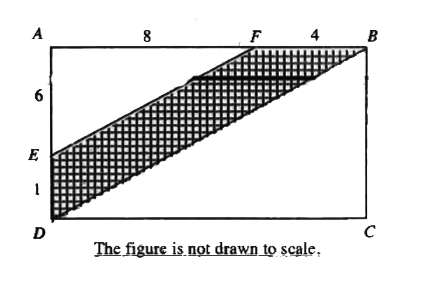 A18B20C24D28
A18B20C24D28
In each of the following figures, AB∣∣CD and EF is a transversal. Find the value of x in each case
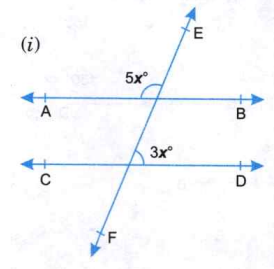 View Solution
View SolutionIn each of the following figures, ABCD is a parallelogram

In each case, given above, find the values of x and yView SolutionIn each of the following figures, ABCD is a parallelogram

In each case, given above, find the values of x and yView SolutionFind the area of the shaded portion in each of the following diagrams :
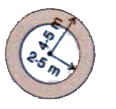 View Solution
View SolutionFind the area of the shaded portion in each of the following diagrams :
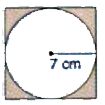 View Solution
View SolutionFind the area of the shaded region in each of the following figure :
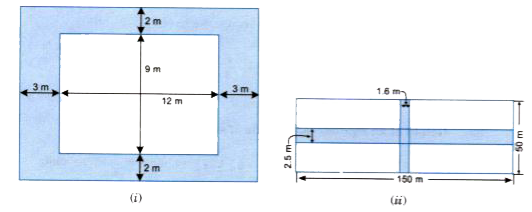 View Solution
View SolutionIn the following figure, a rectangle ABCD encloses three circles. If BC = 14 cm, find the area of the shaded portion. (Take a π=317)
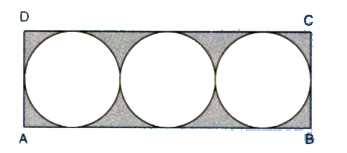 View Solution
View Solution


